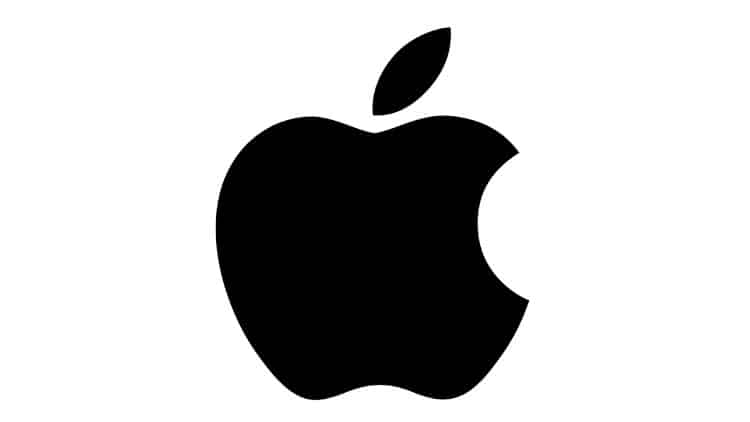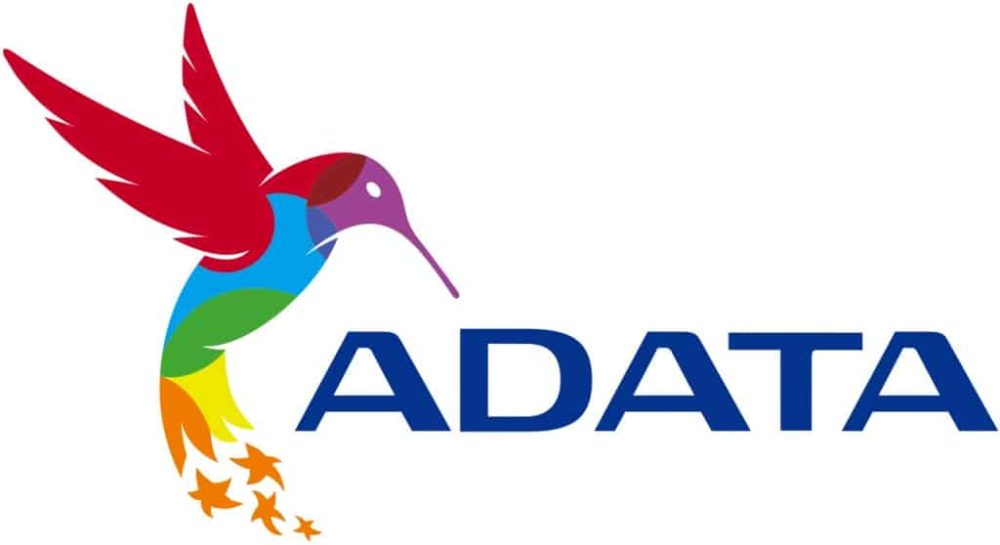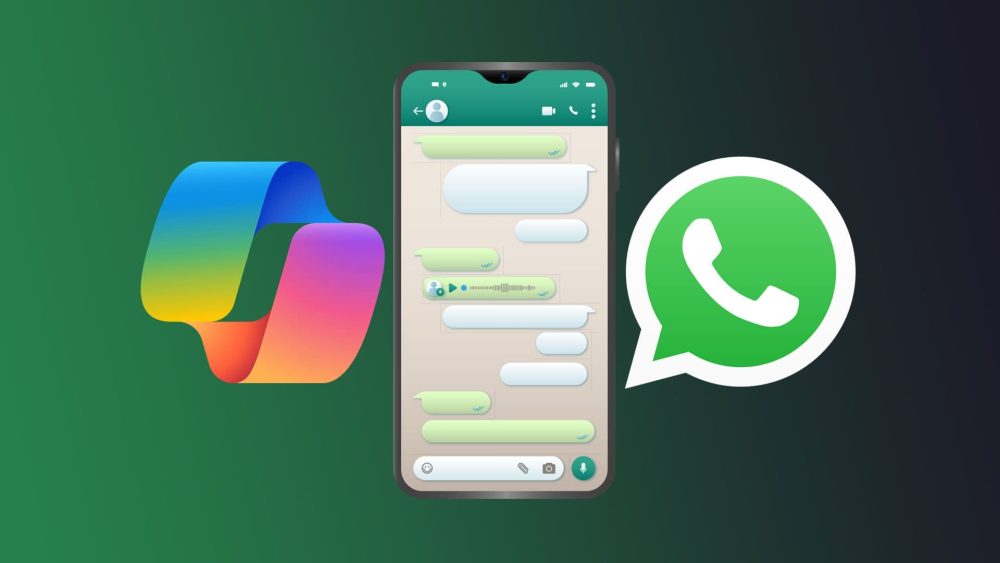The European Union is ramping up its efforts to force Apple into a more open ecosystem, challenging the company’s tightly controlled software and hardware integration. Under new regulations, Apple must provide greater interoperability for third-party apps and accessories, reshaping how iOS functions in Europe.
Among the most significant changes? Third-party apps will soon have full access to iOS notifications, system functions, and background execution privileges previously reserved for Apple’s software. This marks a seismic shift for iOS, which has long been criticized for lacking true multitasking due to these restrictions. The EU believes developers should have equal access to these core system features, breaking Apple’s monopoly on its platform.
Breaking Down the EU’s Demands
The EU’s new requirements demand that Apple implement the following by 2026:
- Full access to iOS Notifications—Third-party apps can integrate into system notifications, which Apple has kept locked down.
- Background Execution—Apps will finally be able to run in the background, enabling proper multitasking. No more apps will be forced to suspend when switching tasks.
- AirDrop and AirPlay Alternatives – Apple must allow competing wireless sharing technologies to function seamlessly alongside its own.
- Headphone and Accessory Integration – Third-party devices should have the same automatic pairing and seamless connectivity Apple reserves for its products.
- Simultaneous Framework Releases—Any API or framework Apple rolls out must be available to third parties simultaneously with Apple’s own devices, preventing the company from delaying access.
These features will enter beta by late 2025 and become mandatory in 2026—but only for EU users.
Unsurprisingly, Apple isn’t happy. The company argues that these changes slow innovation and unfairly force it to provide free access to features for which competitors don’t have to follow the same rules. However, the counterargument is clear: Apple has little incentive to innovate by keeping these system functions exclusive since competition within iOS is practically nonexistent.
For example, video editing on an iPhone today is a nightmare unless you use Apple’s tools. Third-party apps struggle because rendering is interrupted when the screen turns off, or a user switches tasks. With the EU’s changes, that restriction will finally be lifted—something developers (and users) have wanted for years.
Portless iPhone? EU Says “Fine… for Now”
Meanwhile, another Apple controversy is brewing: the possibility of a portless iPhone.
For years, rumors have swirled that Apple wants to remove the charging port, forcing users to rely solely on MagSafe and Qi-enabled wireless charging. The iPhone 17 Air was reportedly being developed with a completely wireless design before Apple scrapped the idea—likely out of fear of regulatory backlash.
However, new reports confirm that the EU will not penalize Apple for a portless iPhone, provided it doesn’t introduce anti-consumer practices. The key requirement? Apple cannot force customers to buy proprietary accessories for basic functionality—something it has a long history of doing.
The EU’s Conditions for a Portless iPhone
- Wireless charging must be universal. Apple can’t restrict charging to MagSafe—it must work with all Qi-enabled chargers.
- No proprietary paywalls. If Apple creates an exclusive charging solution and locks out third-party alternatives, regulators will intervene.
- Consumer and environmental impact matters. The EU will monitor wireless charging efficiency to ensure it doesn’t create unnecessary e-waste or energy inefficiencies.
With MagSafe now reaching 25W charging speeds and Qi2 supporting 15W, Apple is slowly improving its wireless charging tech. But is the world ready for a fully portless iPhone?
Wireless charging is still slower than wired charging, and not everyone wants to carry around a charging pad. Even so, Apple is known for pushing radical changes, so it’s probably only a matter of time before a portless iPhone becomes a reality. The only question is: Will consumers buy in?
Apple vs. the EU – The Battle Continues
Apple is facing an unprecedented level of regulatory pressure in Europe. Whether it’s being forced to open up iOS or rethinking the future of its hardware, the company can no longer dictate the rules in its biggest markets without consequence.
These changes primarily benefit EU consumers, granting them more choice and better functionality. However, for Apple, this represents a significant loss of control, and history shows that the company fights back when backed into a corner.
The next few years will determine how Apple adapts to—or resists—this new era of forced openness. One thing’s for sure: the iOS “walled garden” days are numbered.
🚀 Do you think Apple will comply with these regulations, or will it find a way around them? Let us know in the comments!


